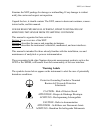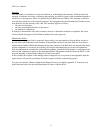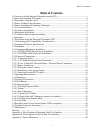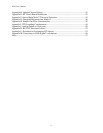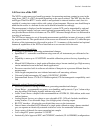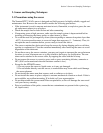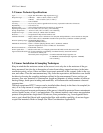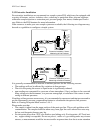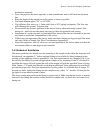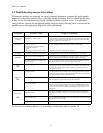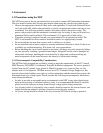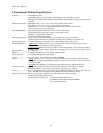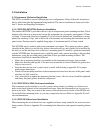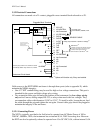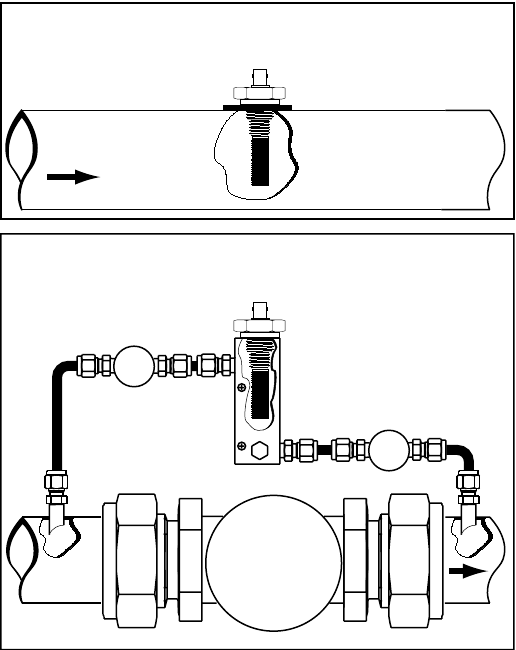
Section 2: Sensor and Sampling Techniques
5
2.3.1 In-situ Installation
In-situ installation is recommended only for measurements where the gas pressure is expected to
vary little, the gas is expected to be free of contaminants, the gas temperature is within the operat-
ing specifications of the sensor, and there is no chance of liquids coalescing. Examples of applica-
tions suited for in-situ installations are: pure gases, output of desiccant dryers (for instrument air),
glove boxes, etc. For most other applications in-situ installation should be avoided for the follow-
ing reasons:
• Sample conditioning is almost always necessary to avoid exposure of the sensor to liquid
water and other contaminants, such as hydrocarbons, which may damage the sensor or affect
accuracy over time.
• Variations in line pressure affect the reading of the sensor because dewpoint varies with pres-
sure.
• If the gas line is under pressure, it is more likely that water condensation occurs which may
damage the sensor.
• Under a pressurized system removal of the sensor without the installation of isolation valves
can be dangerous.
If in-situ installation is required, bypass mounting is preferable; make sure to install the sensor at
the upper surface of the gas line to minimize its exposure to liquid water, should condensation
occur, the XTR65W sensor is best suited for these applications. Also consider the need to isolate
(depressurize) before installing or removing the sensor.
The sensor measures the dewpoint at whatever pressure it is at. The instrument is equipped with a
pressure correction feature which allows reporting the dewpoint at a different pressure.
Main
Gas Line
Safety shut-off Valve
Bypass
Control
Valve *
Safety shut-off Valve
Bypass Installation, Sensor
Measuring at Line Pressure
In-Line Installation, Sensor
Measuring at Line Pressure
Main
Gas Line
NOT RECOMMENDED
Sample Cell
* maintain differential pressure to provide adequate flow through sample cell



